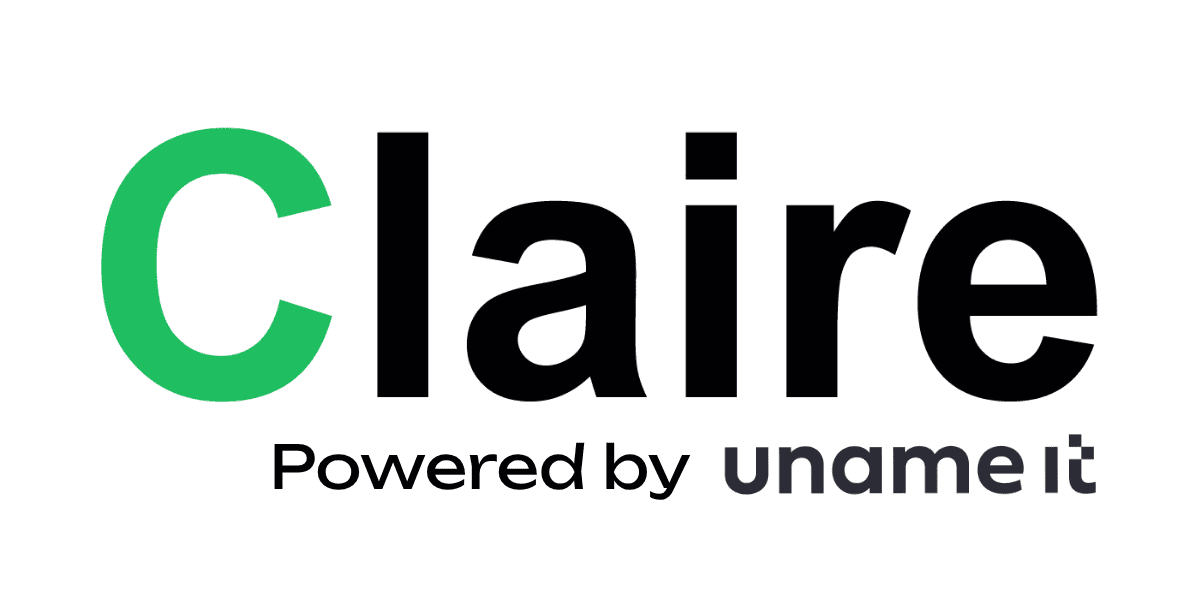The pressure on after sales is growing. On the one hand, there is an (apparent) shortage of skilled personnel. On the other hand, fixed costs are high and employees experience a high workload and changing consumer behaviour. Partly due to inefficiency within the traditional after-sales process, the billed hours per technician decreased again from 1,353 hours in 2017 to 1,339 hours in 2018. This results in an absorption ratio (coverage of fixed costs by the after-sales activities) of 75%, while with the meager margin on sales, an absorption ratio of 90% is desired.
40% inefficient
When we observe the afters-ales process, we see that a 40% inefficiency arises within the process. This large percentage of inefficiency is partly due to your mechanics having to do unnecessary walking, waiting, writing, explaining, and transferring of documents. Other than that, we only look or work on the issues the car came in for, which (too) often leads to repeat visits. This usually makes the customer suspicious and therefore less loyal. But how can we solve this I hear you ask…
The key to a more efficient and effective after-sales process is the Claire working method, supported by a digital after-sales process and effective customer- and market-communication. The Claire software helps the employees to always conduct the work properly and completely. It helps your mechanics to constantly look better, see more and record everything transparently, supported by photos and videos. This enables us to proactively guide your customers in his or her choices for repairs. This offers direct commercial opportunities and satisfied customers.
What is the result?
Working according to the Claire method creates more peace of mind in the work process, so more peace of mind on the work floor and more time for the customer which leads to higher customer satisfaction. Furthermore it creates a higher turnover per workshop passage and an improvement of the wage-parts ratio from 1 : 1.1 to 1 : 1.4. Lastly; a higher efficiency whereby 1650 billed hours per technician is the rule rather than the exception. Are you counting?
Start your transformation from chaos and traditional process to structure, potential and realization now!
